The OpenAI–Google Cloud Deal Just Lit the Fuse on Agentic AI
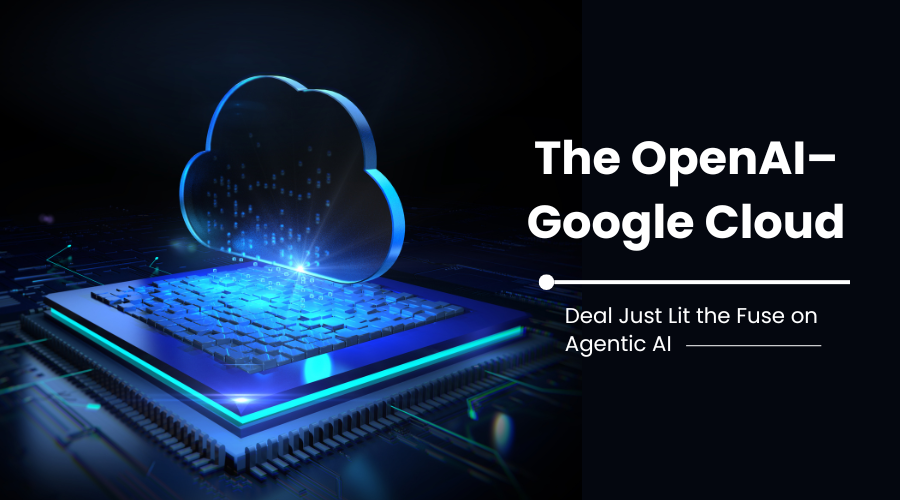
The Spark That Set It Off
The unexpected partnership of OpenAI with Google Cloud to expand its computing capacity signals the dawn of Agentic AI. As multi-agent platforms like Google’s Agentspace and AWS’s Strands take shape, it’s clear that we’re not heading toward Agentic AI; we are already in it.
This blog explores how the OpenAI–Google Cloud deal is shaping the future of Agentic AI, what it means for cloud infrastructure, and how developers and IT companies can adapt to this shift.
What Is Agentic AI, and Why Should You Care?
Agentic AI is the system where multiple intelligent agents work independently or collaboratively to complete complex tasks. Agentic AI systems move with purpose, adapt to changing environments, and interact with other agents, unlike traditional AI, which reacts to inputs. Think of them less as tools and more as collaborators.
With the rise of multi-agent AI platforms, companies are no longer just training models. They’re orchestrating agents. That requires a new kind of cloud infrastructure, one capable of handling parallel interactions, communication flows, and autonomous decision-making.
The OpenAI–Google Cloud deal wasn’t just about compute power. It was about enabling these agentic ecosystems to thrive.
How the OpenAI–Google Cloud Deal Fuels Agentic AI
When OpenAI tapped Google Cloud, it raised eyebrows across the tech landscape. Google and Microsoft are direct competitors in AI, but OpenAI needed something Microsoft Azure couldn’t currently offer extreme GPU density and specialized infrastructure optimized for agentic AI development.
As first reported by Reuters, the partnership was finalized in May 2025, marking a pivotal shift in how OpenAI scales its AI infrastructure.
With Google’s new Agentspace, developers can build and deploy agent-based applications while taking care of things like communication protocols, shared memory, and how agents make decisions. And such an environment is important for the future models and tools of OpenAI to run effectively.
This move simply means that the future of AI isn’t just bigger models. It’s about creating intelligent systems that can reason, interact, and act autonomously. That’s Agentic AI in action.
Multi-Agent AI Platforms Are Changing How Apps Are Built
Gone are the days when a single AI model handled all the logic. With multi-agent AI platforms, development feels more like casting a team, each agent playing a distinct role, with its own personality and task.
Platforms like Google Agentspace and AWS Strands make all this possible. They let developers build agents that can communicate, decide, and act without needing someone at the center pulling the strings.
Naturally, this kind of flexibility also brings new challenges. That’s why AI infrastructure in 2025 will have to grow quickly. It needs to handle quick back-and-forth between agents, scale memory as they learn, and make sure they can work safely on their own, all things most older app setups just weren't made for.
Building with multiple AI agents in mind? Our team can help you design apps that think, act, and evolve just like your users need.
What IT Companies Need to Know About AI Infrastructure in 2025
The move toward Agentic AI is changing how companies need to think about cloud infrastructure. Older DevOps models and linear pipelines just aren’t equipped for this new era. Instead, companies must prepare for GPU cloud compute for AI, decentralized systems, and environments that can adapt in real time.
If you’re in the business of offering cloud solutions, app development, or infrastructure services, this is your moment to rethink what you offer. More clients will be looking for guidance not just in launching systems but also in building the right foundations for agent-based workflows.
From a business perspective, the OpenAI-Google Cloud deal shows which way the wind is blowing. Staying aligned with that direction could make the difference between growing and being left behind.
Looking to future-proof your infrastructure? Our cloud services are built to handle what Agentic AI demands: scalable, fast, and ready for real work.
Building for Agentic AI: A Developer's 5-Step Checklist
1. Understand communication protocols used in multi-agent platforms.
2. Optimize for GPU cloud compute for AI tasks, not just general workloads.
3. Learn to work with tools like Google Agentspace.
4. Design for autonomy, not linear flows.
5. Keep data isolated, but agents collaborative.
This isn’t a future problem. It’s a 2025 problem. And early adopters will set the rules of the game.
Final Thoughts
The OpenAI-Google Cloud deal isn’t just about more compute power. It’s a signal to the entire tech ecosystem: Agentic AI is here, and it’s time to build for it. Whether you're a developer, consultant, or IT strategist, the tools and infrastructure you choose today will define your competitiveness tomorrow.
Don’t wait for the future to arrive. It already has a name: Agentic AI.
FAQs: Agentic AI and the OpenAI-Google Cloud Deal
Q1. What is Agentic AI?
Agentic AI is a system of artificial intelligence agents working to complete tasks either independently or together. They are smart enough to make decisions, interact with each other, and adapt, all without any central involvement, unlike regular AI.
Q2. Why is the OpenAI-Google Cloud deal important?
The OpenAI-Google Cloud is important because it is a shift toward scalable, high-performance infrastructure that supports agentic systems. This partnership is not limited to compute power. It's about making AI reach new heights.
Q3. How are multi-agent AI platforms different from traditional AI models?
In a traditional setup, you have one model doing one job. In multi-agent platforms, there are different agents for different parts of a task, either working together or independently.
They talk, plan, and work as a team without relying on a single control point, unlike traditional ones, which need input.
Q4. What should cloud service providers prepare for in the Agentic AI era?
Cloud providers will need to support parallel computing, agent orchestration, and real-time adaptability. It's a chance to repackage services for agent-based architectures.
Q5. Does AI Agentic matter to small businesses?
Agentic AI is expected to scale across sectors. Tools like AgentSpace lower the entry barrier, making it accessible to startups and mid-size businesses.


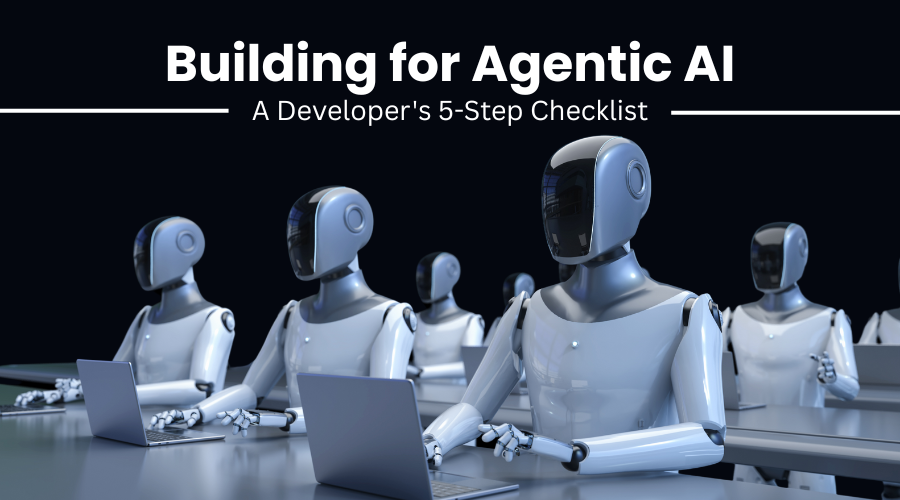
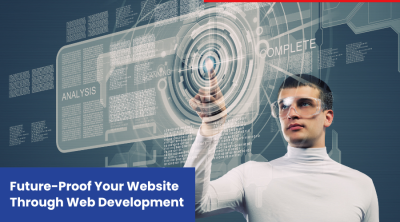
.png)
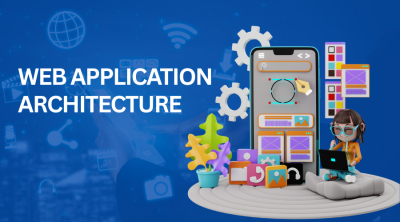


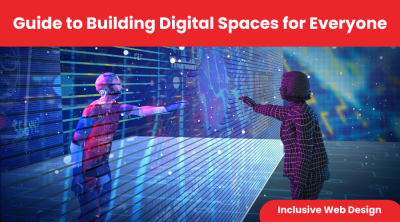
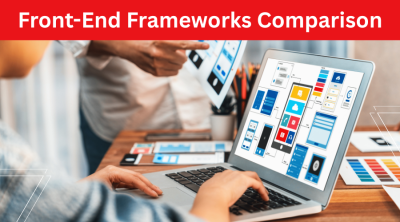
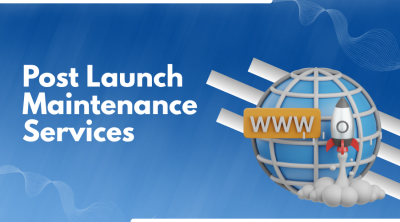
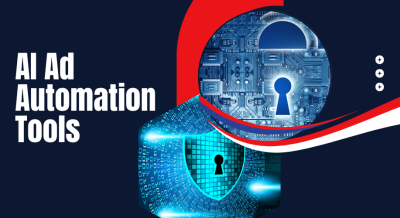
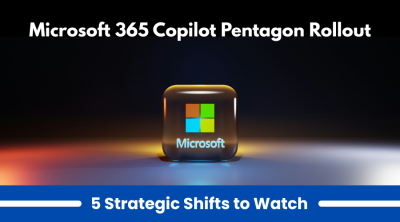




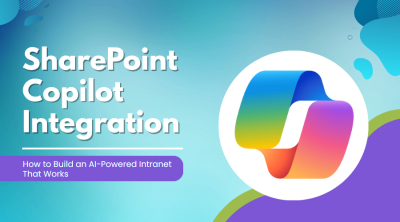
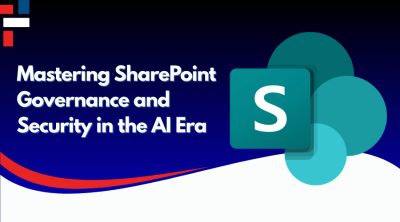
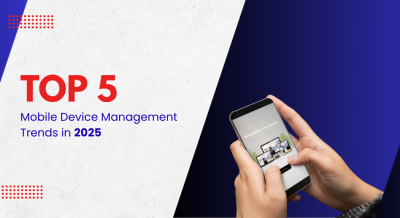

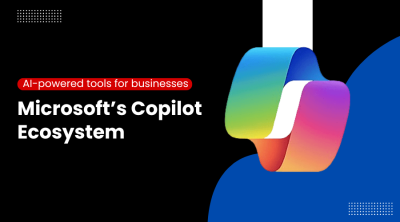


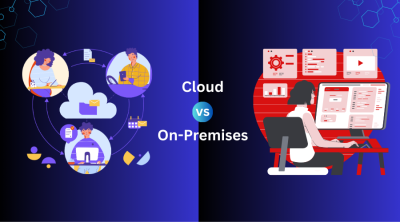

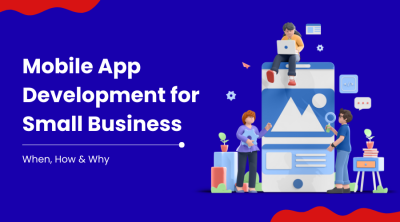
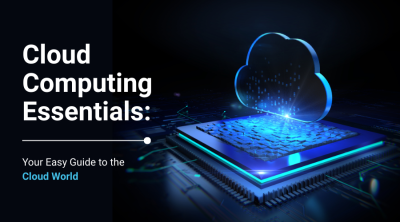
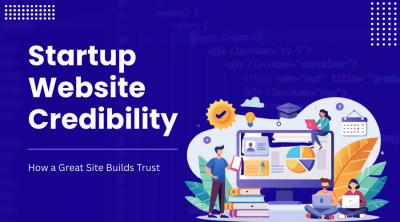

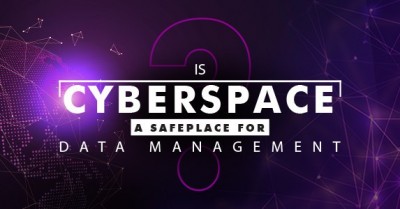







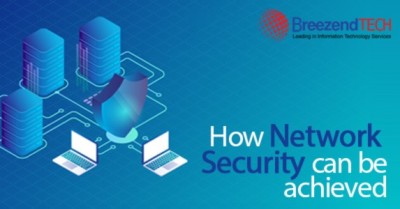
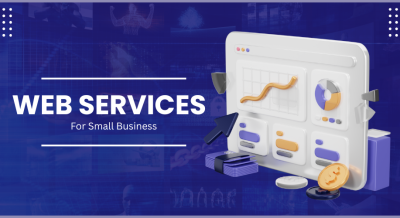

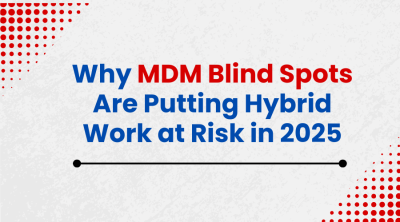
Comments (0)